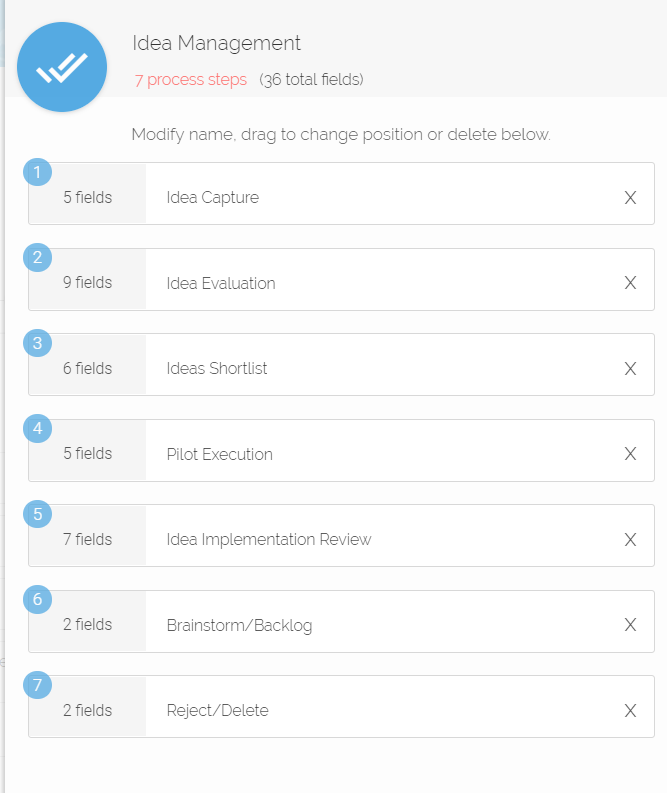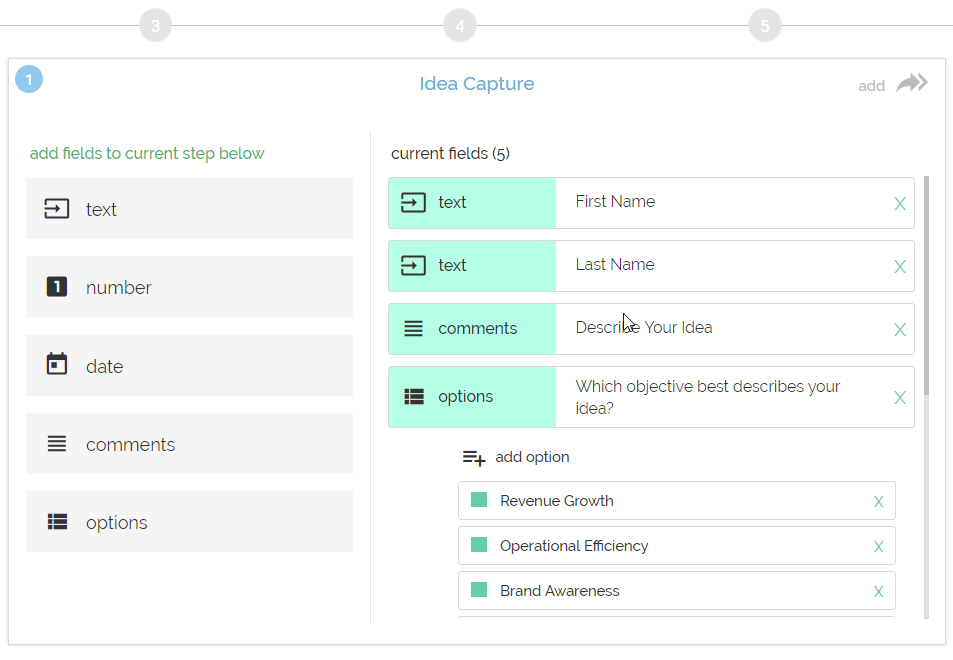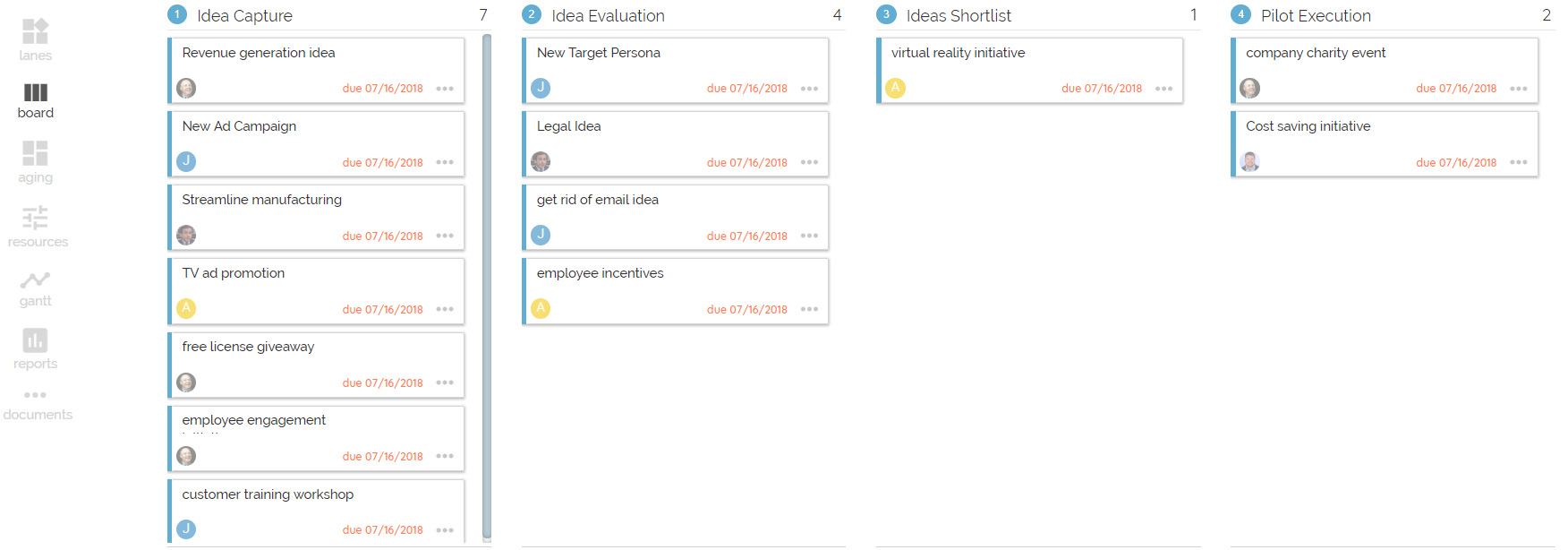Every company has its own unique set of processes for work - sometimes these are more formal, sometimes they are completely informal. In this post, I'll talk about how to create processes in Coras, and why it is important.
First, let's start with the "why." There are many reasons why implementing a process can be a good thing. They help define a specific way of working and bring some order to what could otherwise be pretty chaotic. Take a basic expense approval process, for instance. Imagine a world without process, where every employee submitted their expenses directly to the CEO. That would quickly become that CEO's only job, and all other duties and responsibilities would cease! So having a system helps ensure that certain work items go through the necessary stages, and to the necessary people, in an orderly fashion. The challenge with this in the past has been a lack of transparency into where something lies in the process after it has left the individual's desk. Think about an idea management process. An employee has a great idea. In an informal process, they send an email outlining the idea to a supervisor and after it leaves their outbox, that is the last they ever hear or see of it (unless they requested a read receipt, in which case that is the last they would hear). In a more formal system, you may have an actual tool where people can submit ideas, those ideas are groomed and some may even be implemented - but unless there is an award or prize money involved, employees rarely know if and when something they thought of was accomplished. We find that employees are more engaged when they have visibility into where things sit, and companies with engaged employees tend to be more agile. A lot of what happens today is what I'll call "Wishing Well Processes." It's a bit like standing over a wishing well, and throwing a coin in - almost as soon as it leaves your hand, it is lost in the dark. If the well is deep enough, you might not even hear a plop. To avoid this, we need to illuminate the process, which helps keep people engaged and on the same page.
Now, for a bit on the "how" (click below for a video explanation).
I'll stick to the idea management example for continuity's sake, but keep in mind that this could apply to just about any process your company does today. To begin, we will first need to create our process. This can be done by accessing the Process Home section inside your Coras account. You will be asked to give your new process a name, in this case, Idea Management.

Now it's time to outline the actual steps in the process. Mine looks a bit like the image above when finished. I've outlined my process from Idea Capture to Idea Shortlist, to Idea Implementation Review which is technically the final stage in the idea vetting, and results in the decision: to be, or not to be. Ideas that don't make it through any given stage are moved to either the brainstorm/backlog or reject/delete. Adding a new stage is as simple as clicking "add" and dragging the new stage into the position you want - perhaps adding an "Implementation Complete" stage between the "Review" and "Brainstorm" stages. Once you've mapped out the different stages of your process, it is time to decide what information you need to collect at each stage.

The form looks like this, and you can add fields by simply clicking on a type (text, number date, etc) entering what you want that field to be (First Name, Last Name, etc.), and dragging and dropping to rearrange the order as needed. You can add as many fields as you want, however, we recommend keeping it short and sweet to make it simple to get ideas into the system (unless your goal is to deter people from submitting ideas, in which case feel free to ask questions about the airspeed of an unladen swallow). We find that having a simple First Name, Last Name, a section to Describe Your Idea, a drop-down to select which company objective this idea aligns with, and perhaps 1 or 2 other fields is enough to suit our purposes. In the stages that follow, we collect information like "Anticipated Cost," "Projected ROI," and "Rate how well this advances the strategic objective." The choices are entirely yours and are easy to change as your company's needs change. Once you've mapped out all your steps, and created the form fields for each, you are now ready to bring this to life!

I laid out a workspace that buckets ideas by year and then quarter. This allows our teams to see all the ideas that have been submitted, and quickly navigate through the list of them. As you can imagine, the more people submit ideas, the larger this list grows.
I can also see which ideas I have in all the stages at a given time. A user can filter to just their ideas, or see the ideas from the whole team.

You can add comments around an idea to keep a constructive dialogue going, and you can use this to help visualize where you might have a bottleneck. You can see in the example above, I only have one idea that has made it to the "Shortlist" to be cleared for a Pilot. That could be a sign that I am not pushing things through the evaluation stage as well as I could, or it might just mean that I need more fresh ideas getting submitted. I can also set a timeline and a due date for when I would like the process to be complete. This helps the team manage expectations, eliminates some of the frustrations that typically happen when a process gets kicked off without knowing when it "should" end, and also see which ideas I have in all the stages at a given time. A user can filter to just their ideas, or see the ideas from the whole team.
Giving people clarity, managing expectations, and maintaining accountability are part of what makes this so effective. This is radically different from the "Wishing Well Process" model of throwing in a coin and hoping to one day get something back. Employees engage more when they feel like their work and ideas matter, when things aren't unnecessarily complex, and when they have autonomy coupled with accountability. To continue with the example in this article - imagine you are an employee who submitted an idea. You worked hard on thinking it up because you wanted to bring some value to your team or your company. How does it feel when you never know what happened after you submitted it? Do you know if anyone actually saw it, reviewed it, maybe even liked it - or if not, had some constructive feedback for you to use on your next idea? You would probably start to feel pretty disengaged. Now imagine instead that you got to watch as your idea progressed through peer review, management review, and your teammates thought it was so good that it gets implemented department-wide. You get the credit, it was your brilliant idea. I bet you're smiling right now :)